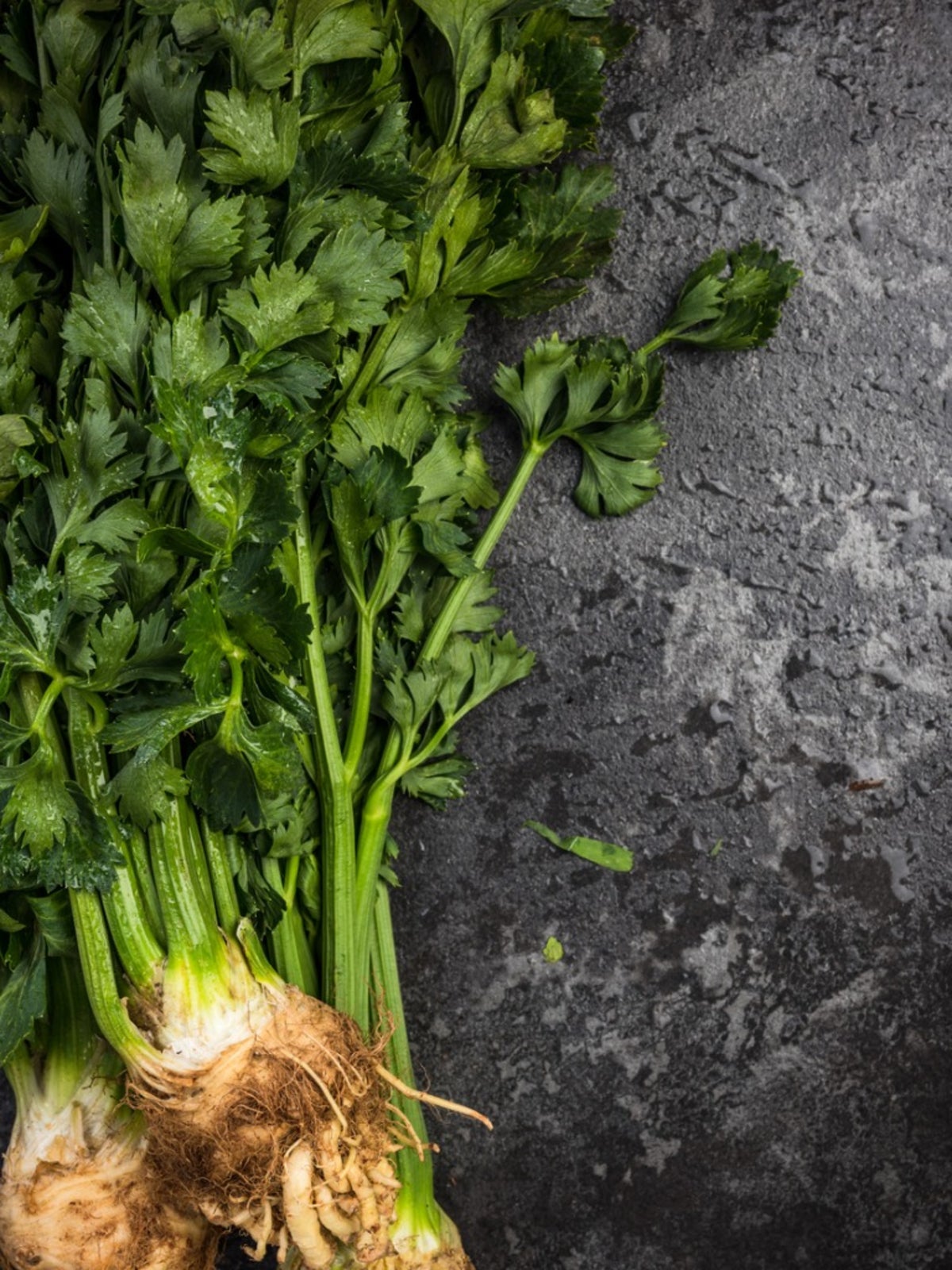Celery Harvest - Picking Celery In Your Garden


Learning how to harvest celery is a worthwhile goal if you've been able to grow this somewhat difficult crop to maturity. Harvesting celery that is the right color and texture and properly bunched speaks to your green thumb abilities.
When to Harvest Celery
The time for picking celery is usually after it has been planted for three to five months and should happen before temperatures soar. Normally, the time to harvest for celery is 85 to 120 days after transplant. Time of planting of the crop will dictate the time to harvest for celery. Harvesting celery should be done before hot temperatures occur outside as this can make the celery woody if not well watered. Celery harvest at the right time is important to prevent pithiness, yellowing leaves, or the plant going to seed or bolting. The leaves need sunlight, but stalks need shade to remain white, sweet, and tender. This is normally done through a process called blanching.
How to Harvest Celery
Picking celery should begin when the lower stalks are at least 6 inches (15 cm.) long, from ground level to the first node. The stalks should still be close together, forming a compact bunch or cone at the proper height for harvesting celery. Upper stalks should reach 18 to 24 inches (46-61 cm.) in height and 3 inches (8 cm.) in diameter when they are ready for harvest. Picking celery can also include the harvest of the leaves for use as a flavoring in soups and stews. A few plants can be left to flower or go to seed, for harvest of celery seeds for use in recipes and the planting of future crops. Harvesting celery is easily done by cutting the stalks below where they are joined together. When picking celery leaves, they are most easily removed by a sharp cut as well.
Gardening tips, videos, info and more delivered right to your inbox!
Sign up for the Gardening Know How newsletter today and receive a free copy of our e-book "How to Grow Delicious Tomatoes".

Becca Badgett was a regular contributor to Gardening Know How for ten years. Co-author of the book How to Grow an EMERGENCY Garden, Becca specializes in succulent and cactus gardening.
-
 Looking For Plants To Give You The Soft And Fuzzies? Try These 5 Fuzzy Leaf Plant Options
Looking For Plants To Give You The Soft And Fuzzies? Try These 5 Fuzzy Leaf Plant OptionsLovers of texture, drama, silver foliage and tactile plants will adore these special sensory garden additions. These fuzzy leaf plant options will leave you all aglow
By Susan Albert
-
 Get Ready For A Summer Of Hummers! Grow These Full Sun Hummingbird Plants and Flowers
Get Ready For A Summer Of Hummers! Grow These Full Sun Hummingbird Plants and FlowersIf you’re lucky enough to enjoy a sunny backyard, make sure you are maxing out on your pollinator opportunities and grow these full sun hummingbird plants and flowers
By Tonya Barnett